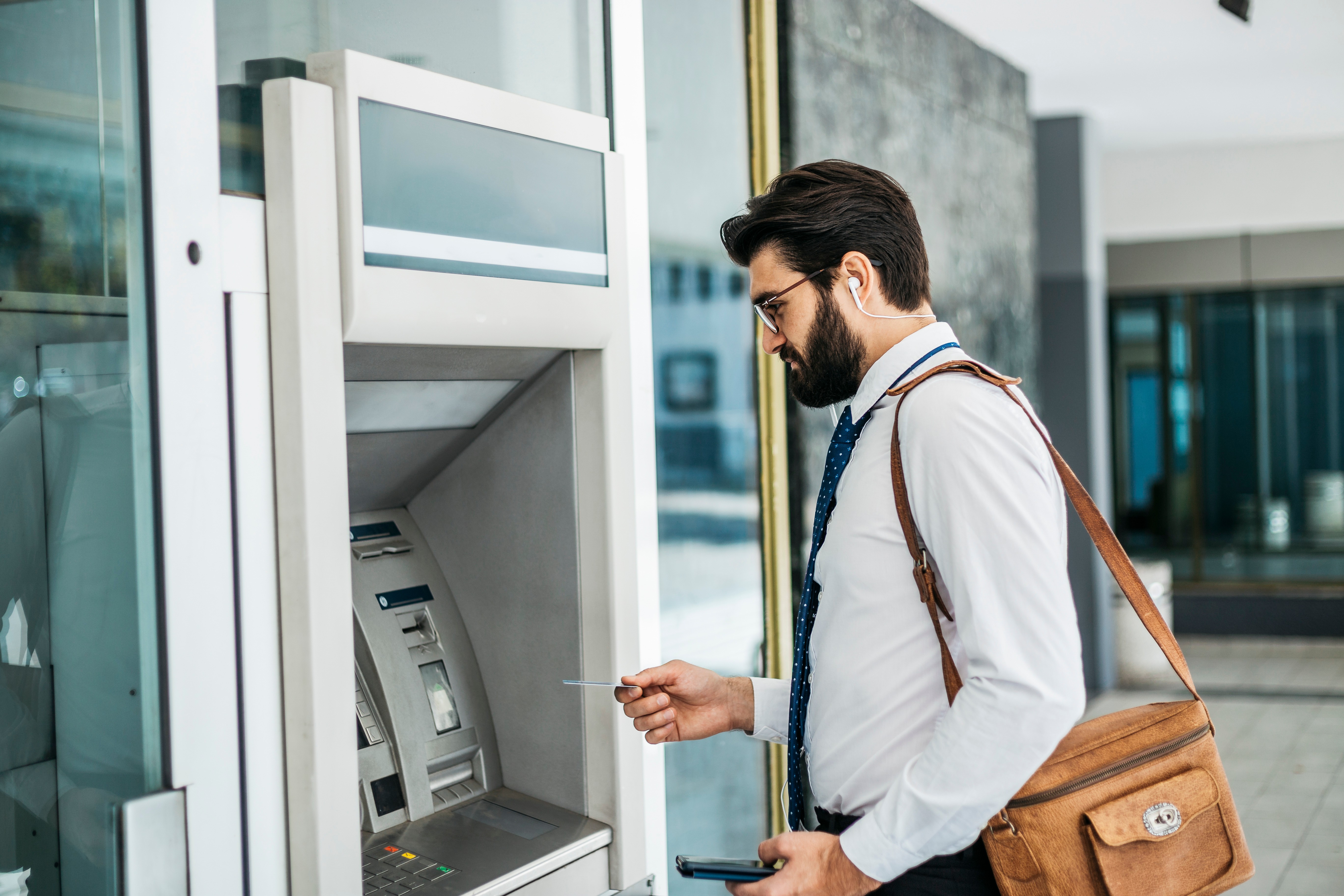ATM operations have long been associated with high costs, complex management, and continuous regulatory challenges. Traditionally, banks, retailers, and independent operators had to own and maintain their ATMs, taking on the burden of capital investment, security, and compliance.
However, as operational expenses rise and technology advances, ATM-as-a-Service (ATMaaS) is emerging as the best alternative. By outsourcing ATM management to a third-party provider, businesses and financial institutions can reduce costs, eliminate operational headaches, and future-proof their ATM strategy.
This article explores why ATMaaS is the superior model, offering cost efficiency, enhanced security, and long-term scalability.
The High Cost of ATM Ownership
While owning an ATM may seem like a profitable investment at first, the hidden expenses and ongoing responsibilities make it a costly and time-intensive endeavor.
1. Upfront Capital Investment
Purchasing an ATM requires a significant upfront financial commitment.
Additional costs arise from installation, software setup, and integration.
As technology evolves, ATMs depreciate over time, requiring periodic upgrades or full replacements.
2. Maintenance & Compliance Costs
ATMs need regular servicing, software updates, and hardware repairs, all of which add to operational expenses.
Security compliance is a constant challenge, requiring updates to meet evolving fraud prevention and cybersecurity standards.
Regulatory requirements such as PCI compliance and EMV updates demand ongoing investments.
3. Cash Management & Security Risks
ATM owners must either manage cash replenishment themselves or hire third-party cash logistics providers.
Theft, skimming, and cyber fraud pose increasing threats, leading to additional security investments.
Unexpected downtime and operational disruptions can result in lost revenue and customer dissatisfaction.
4. Unpredictable Operational Expenses
ATM owners bear the full responsibility for network fees, transaction processing costs, and unexpected repairs.
Breakdowns and hardware failures not only lead to costly fixes but also reduce transaction availability.
Managing ATMs requires dedicated resources, creating an ongoing drain on time and manpower.
Given these challenges, owning an ATM is becoming less viable, especially as businesses and financial institutions look for cost-effective, scalable, and hassle-free solutions.
FAQs: Common Questions About ATMaaS
1. Will I Still Earn Revenue with ATMaaS?
Many ATMaaS providers offer revenue-sharing models, meaning businesses still receive a portion of surcharge fees without managing the ATM.
2. Is ATMaaS Secure?
Leading ATMaaS providers implement advanced encryption, biometric security, and AI-driven fraud detection, making it safer than most independently operated ATMs.
3. Can I Customize My ATM Branding?
Many providers allow custom branding, ensuring your business maintains visibility while outsourcing operations.
4. How Quickly Can I Deploy ATMaaS?
Unlike ATM ownership, which requires capital approval and setup time, ATMaaS can be deployed in a matter of weeks.
5. What Happens If an ATM Stops Working?
With ATMaaS, the provider is responsible for repairs and replacements, minimizing downtime.
Conclusion: The Future of ATMs is ATMaaS
Traditional ATM ownership is costly, complex, and risky. The future of ATMs lies in ATMaaS—a flexible, scalable, and cost-effective solution.
✅ No upfront investment
✅ Lower operational costs
✅ Fully managed security & compliance
✅ Seamless scalability for any business
✅ Reduced downtime & maintenance issues
For financial institutions and businesses looking to reduce costs, eliminate operational burdens, and future-proof their ATM strategy, ATMaaS is the best long-term solution.
Sources
"Cost-Benefit Analysis of ATM Ownership: Financial Insights"
This article discusses the initial investment required for purchasing an ATM, highlighting that new machines range from $2,000 to $8,000. It also covers ongoing maintenance costs and potential revenue streams from transaction fees.
Link: investinatmmachines.com
"The Advantages and Benefits of ATM-as-a-Service"
This piece explores how ATM-as-a-Service (ATMaaS) allows banks to eliminate the hefty capital investment needed to purchase ATMs and the ongoing costs of maintaining and upgrading the machines. By switching to a subscription-based model, banks can pay for what they use without worrying about hidden expenses.
Link: orbograph.com
"The Security Benefits Delivered by an ATM as a Service Solution"
This white paper examines how ATMaaS helps to better manage risk for financial institutions by leveraging expert services and their inherent benefits, including advanced security measures and compliance management.
Link: aba.com

